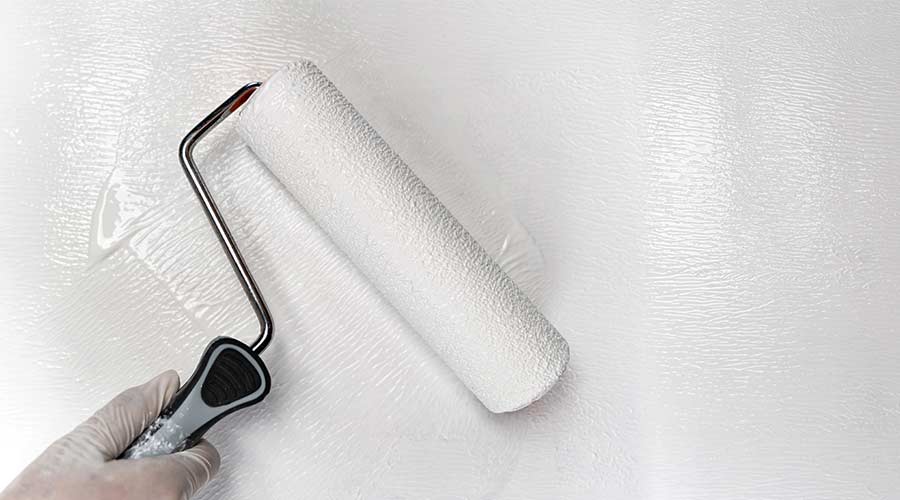
You should only use suitable tape for masking. It is not advisable to use parcel tape, because it contains thinners. These can cause an unhealthy reaction with paint and varnish. Therefore, protect yourself from this danger and use only painter's tape. Such tapes for masking are specially designed for painting and varnishing. They are completely flexible and easy to adjust. They do not contain substances that can cause a reaction to paints and varnishes. In addition, they are easy to remove again.
You must also choose the right time to remove the masking tape. Especially with thickly applied paint, it is possible that some layers will be removed as well. This happens when it has already dried completely. However, the paint must not be too wet, because then it will run into each other as soon as the masking tape is removed. But when is the right time? You have to observe how the appearance of the paint changes. Wet paints are shiny, when they dry they become visibly duller, but they are still moist enough. Now you can remove the masking tape without a mishap.
Before painting, completely clear out the room or place the existing furniture and utensils in the center of the room. Cover them with suitable foil. The floor must also be protected. Then tape door frames, baseboards and window sills with suitable masking tape. Take off all light fixtures and remove screws and nails.
You should always take care of the ceiling first and only paint the walls afterwards. Work with the incidence of light and paint the corners and edges first with a smaller brush. For the rest, use larger rollers. In general, use a small brush for all corners and edges, and use a roller for the rest of the surface to work faster. Rollers with a long pile are used for paints with a thin consistency, as they can absorb more. Use these rollers to paint walls with coarse pores. To achieve a good and even result, paint the walls in one go. Do not take breaks. This will result in visible marks. When you pick up the paint, nothing should drip down. Paint on the grid of the paint bucket. This way you avoid the dreaded noses and ensure a professionally painted wall.
With these instructions & rules, every painting becomes a success! You'll learn the four…
If you want to build a garden house yourself, you need to consider several…
In this article you will learn how to plaster the wall quickly and carefully.…